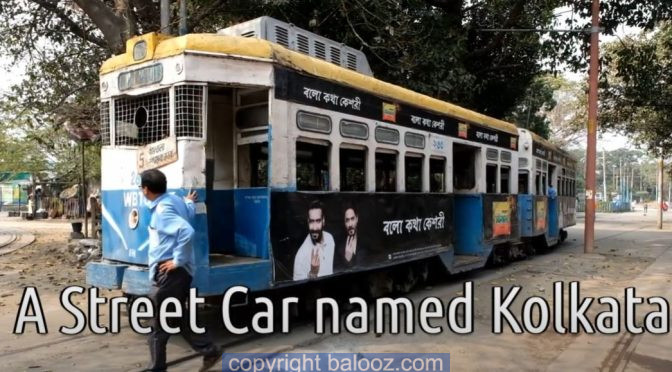What a truly humbling experience with Balaji, walking around the most crowded square KM in the world. Dharavi in Mumbai is a slum, in that it was created decades ago on reclaimed land around the railway-line.
Take a look at the film here below.
However it is a thriving area of business where communities from all over India have ended up and work in recycling, leather fabrication etc. I ended up having an extra day in Mumbai, so I visited this place and Balaji took me to places I would not have gone on my own, for fear of overstepping where it was polite of me to go. So many people in such a small place. Now with reflection it is easy to see how our first world problems can overcome us, when in actual fact, mainly in life, we have very small problems. It goes back to the needs of life, the main ones being, sustenance and shelter.
I took the train from Marine Lines station to Mahim Junction and met Balaiji outside the Third Wave Cafe just across the road. The train journey cost me 10 Rupees and took 25 Minutes, that’s about 11 Euro cent. He showed us some of the recycling companies. Dharavi Slum is the most densely populated place in the world. Balaji showed the small group around the slums for a couple of hours explaining what the many people get up to and how they live. We stopped around the circuit for some very fresh food for Brunch. Puri. Some of the alleyways are very narrow and low hanging wires have to be avoided as some of them are live. We moved on to a Leather Business. Dharavi is a very special place, many different people from all over India live here in small communities, all of these communities exist in harmony with each other. Dharavi has a one billion dollar per year turnover. The last visit was the pottery and glazing area.


